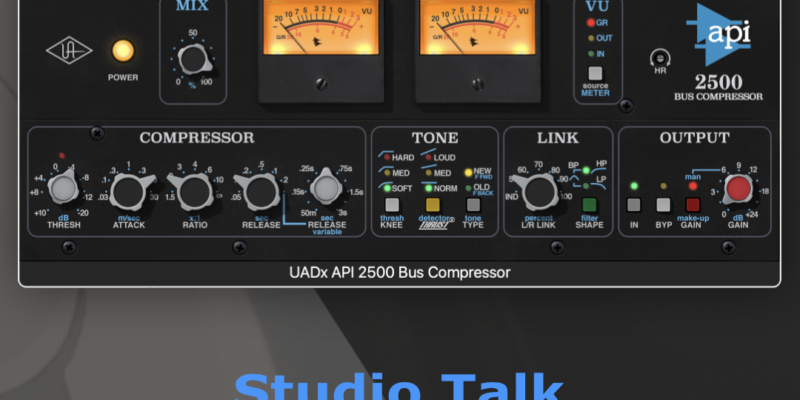Mid/Side is a technique to adjust the mid (mono) and side (stereo) information of the…
Studio Talk #003 Distortion & Saturation
For this new studio talk i wanted to talk to you about Distortion & Saturation.
Two very handy tools that can make your individual sounds or entire mix more interesting, fuller, phatter and can really help to add that missing element or analog warmth you are looking for.
With analog gear, distortion usually appears when circuits are overloaded
Off course the first thing that comes to mind must be something that sounds really bad right? Well, you have a point there.. you can set things up very extreme and make it sound really nasty as a effect for example or work with it more subtle to change the sound in a more forgiving way.
Whenever i use distortion i always tend to use it pretty subtle to make things a little fuller or let it appear to hit harder for example like snares or sometimes parts of the different kick layers i am using.
Sometimes i am looking for a specific effect like when i am layering synths or basses underneath the original sound, i can add some even or odd harmonics by doing so which really complements the sound in most cases.
Another great use of distortion is to use it to lower the transients (peaks) of sounds so they don’t hit the compressor or limiter to hard. You can do this with sounds that have a high peaks and lower RMS level by adding a distortion plugin with neutral settings so the plugin is just there but not audible, when you look at your meters in the mixer you will see that the peaks in most cases have dropped but the actual loudness appearance stays the same, if your goal is to make things louder this is also the tool to grab but remember to be careful not to destroy your sounds off course. Play around with this and see what happens in your tracks.
Next to distortion we also have ‘Saturation’ which i use very often inside my tracks on all thinkable elements, i really like the way saturation plugins like ‘Decapitator’ by Soundtoys or ‘Saturn’ by FabFilter warm up the sound.
Back in the day when studio’s where using tape they had to be careful, when recording to low you can really hear the noise from the tape and when recording to loud.. well, this is where saturation starts to happened
Saturation can be used in different ways off course but just like distortion, subtlety is the way to go!
Whenever i think the sound is a little thin or maybe the master misses just that final touch of warmth i’ll add some saturation, maybe one of the previously named plugins or maybe some tape saturation like the Ampex ATR-102 or Studer A800 by Universal Audio (really love those!)
Also try some of the tape emulations on vocals, they really work well together with the right settings and maybe some feedback delay.
Again the best thing is to try things for yourself and learn just like i did, every mix and every sound is different and there are so many things you can do with different plugins and gear.



